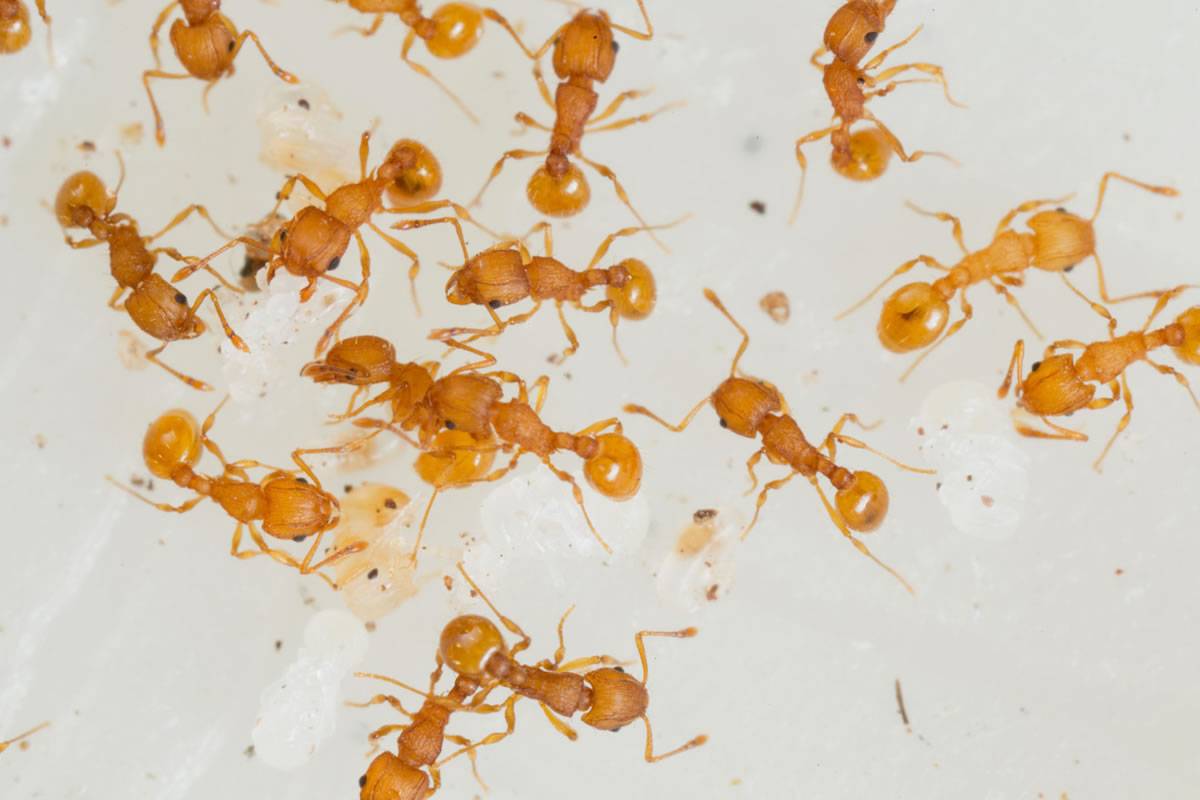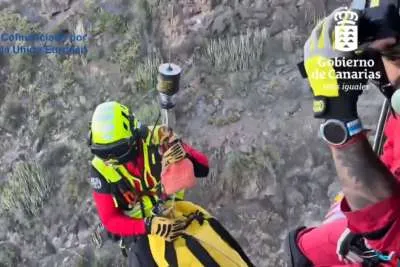One of the world’s most invasive species of ants detected in the south of Tenerife
- 29-05-2025
- Tenerife
- Canarian Weekly
Researchers have confirmed the presence of one of the world’s most invasive and harmful ant species, the little fire ant (Wasmannia auropunctata), in Los Cristianos in the south of Tenerife.
The discovery, made in a complex near the edge of a golf course, has prompted immediate containment efforts by the Government of the Canary Islands as a first step towards potential eradication.
The discovery was made by entomologists Antonio Pérez and Irene Santos from the Institute of Natural Products and Agrobiology (IPNA-CSIC), in collaboration with Eduardo Jiménez, David Lugo, and Daniel Suárez from the University of La Laguna. Their findings have been published in the Journal of Hymenoptera Research.
The little fire ant is listed by the International Union for Conservation of Nature (IUCN) as one of the most damaging invasive ant species globally. It also appears on the EU’s list of invasive species of concern.
Environmental, Health, and Economic Impact
Native to Central and South America, the little fire ant has spread to at least 31 countries, including Mediterranean regions such as Israel, Málaga, Cyprus, and France. Its proliferation is closely linked to human activity, particularly the transport of live plants with soil or substrate.
This ant poses a serious threat to biodiversity and ecosystems. It can displace native species and harm wildlife. Its sting causes painful, and in some cases severe, reactions in both humans and animals. A 2022 study estimated that global efforts to control this species have already cost more than $7 billion.
The Tenerife research team used both morphological and genetic analysis to confirm the species’ identity, while the exact route of introduction remains unknown, it is suspected the ants may have arrived via imported plants. For now, the infestation appears to be localised to the perimeter of the golf course.
In response, the Canary Islands government has initiated measures to map the extent of the infestation, laying the groundwork for possible eradication. Local authorities urge the public, particularly those involved in gardening or landscaping, to remain vigilant and report any unusual ant activity.
Other articles that may interest you...
Trending
Most Read Articles
Featured Videos
A Vision of Elvis Tenerife Promo
- 10-05-2025
TEAs 2025 Highlights
- 17-11-2025


























































